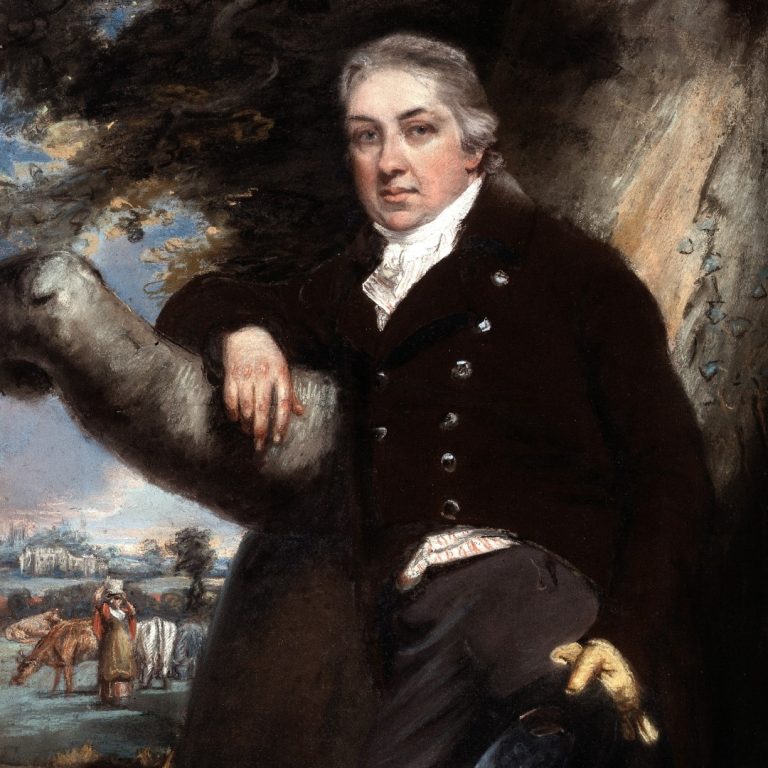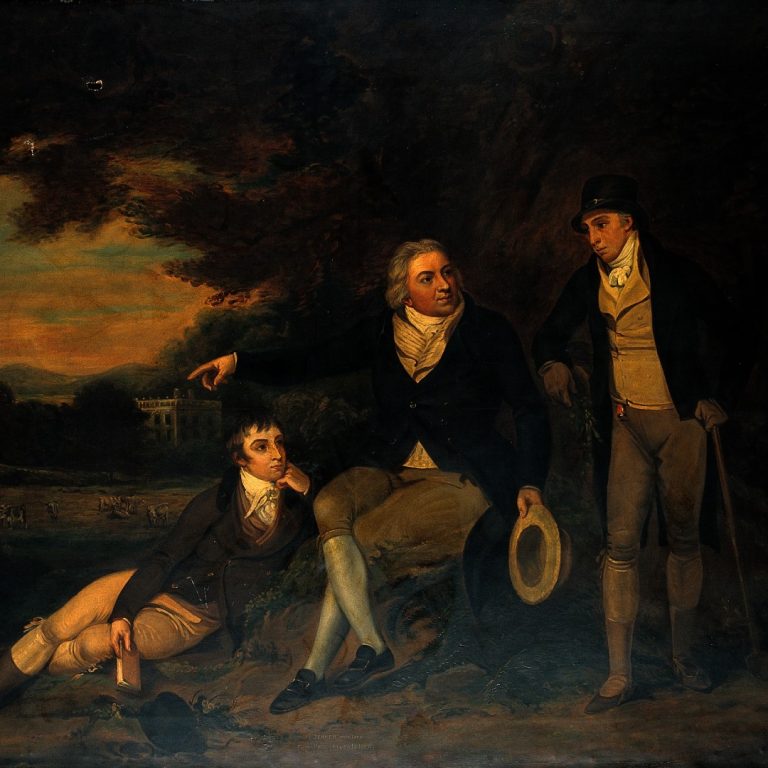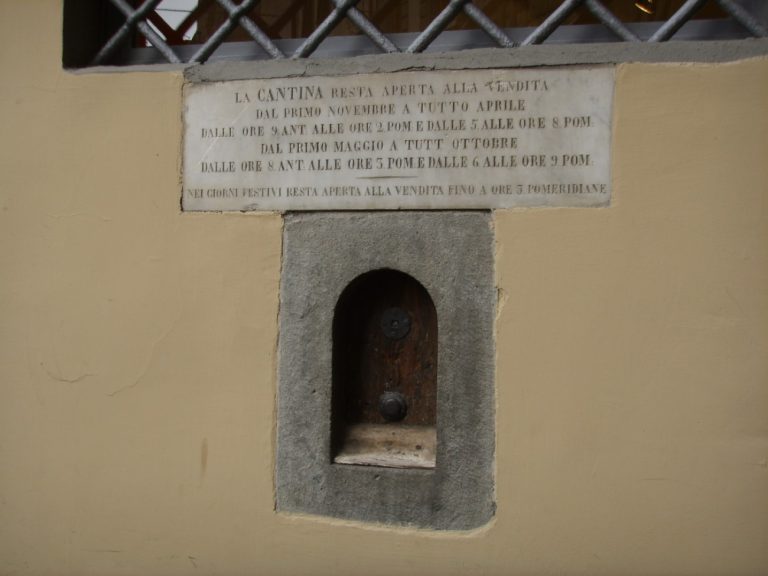Scientist and physician Edward Jenner coined the word virus
In 1798, English scientist and physician Edward Jenner coined the word virus to describe the matter that produces…

In 1798, English scientist and physician Edward Jenner coined the word virus to describe the matter that produces…

In 1798, Edward Jenner published his work on the development of a vaccination that would protect against smallpox….

In 1634, the Florentine scholar, Francesco Rondinelli, wrote a report about a disease contagion, now known as the…